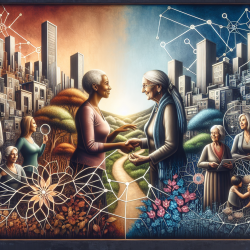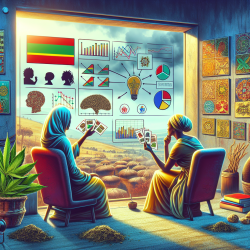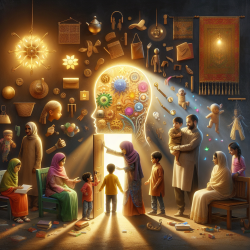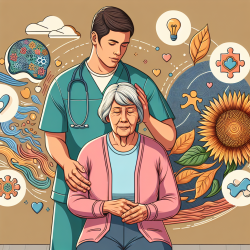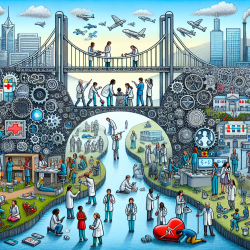Understanding Social Networks in Later Life
As professionals dedicated to improving the lives of children through online therapy, it is crucial to understand how social networks evolve over time and how they can impact individuals. The research article "Social disadvantage, context and network dynamics in later life" provides valuable insights into how personal networks change as people age and how social disadvantage and contextual factors play a role in these dynamics.
Key Findings from the Research
The study utilized data from the National Social Life, Health, and Aging Project, focusing on 1,168 older adults over a ten-year period. The findings highlight several important trends:
- Older adults from disadvantaged backgrounds tend to have smaller networks, higher frequency of contact, and a higher proportion of kin in their networks.
- Contextual factors, such as neighborhood cohesion and mental health, significantly influence network size and structure.
- Despite social disadvantages, positive changes in contextual factors can lead to improvements in network dynamics.
Implications for Practitioners
Understanding these dynamics is crucial for practitioners working with children and families. Here are some actionable insights:
- Focus on Contextual Factors: Encourage families to engage in community activities that strengthen neighborhood ties, as this can enhance social networks.
- Support Mental Health: Prioritize mental health interventions, as improved mental health is linked to better social network outcomes.
- Promote Diverse Networks: Encourage the formation of diverse social networks that extend beyond kin, providing access to varied resources and support.
Encouraging Further Research
While this study provides valuable insights, it also highlights the need for further research into how social networks evolve and impact individuals throughout their lives. Practitioners are encouraged to explore these dynamics further to better support the children and families they work with.
To read the original research paper, please follow this link: Social disadvantage, context and network dynamics in later life.
